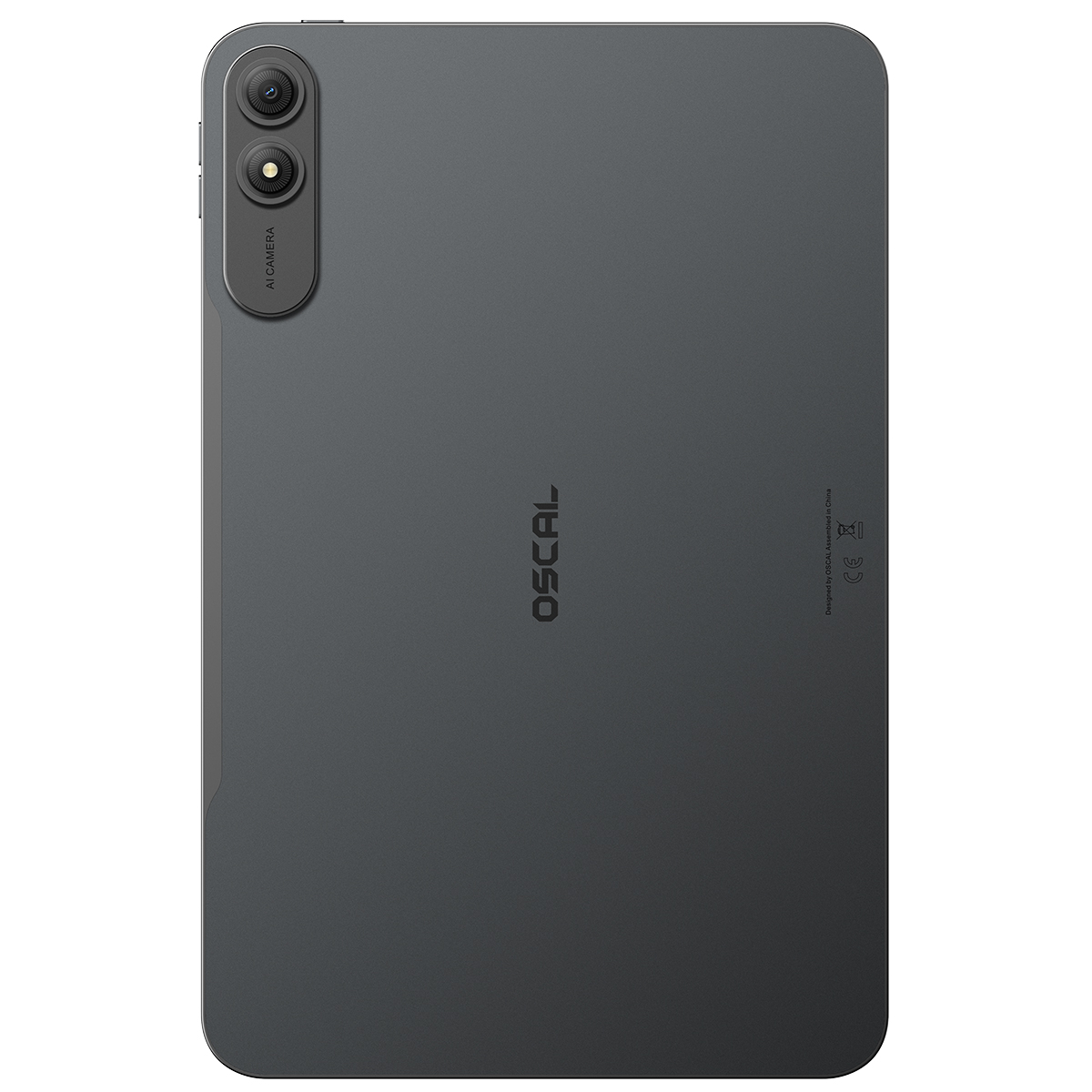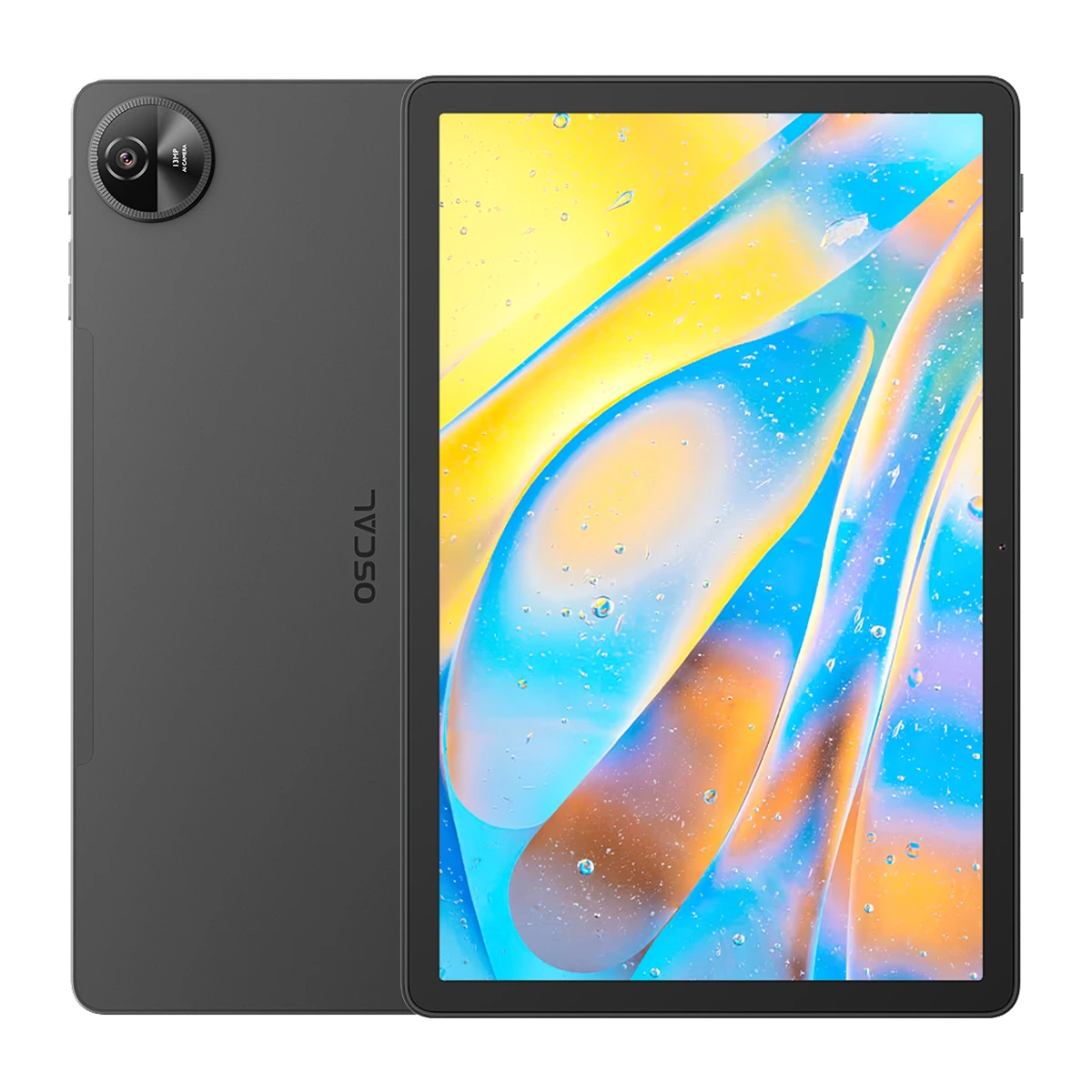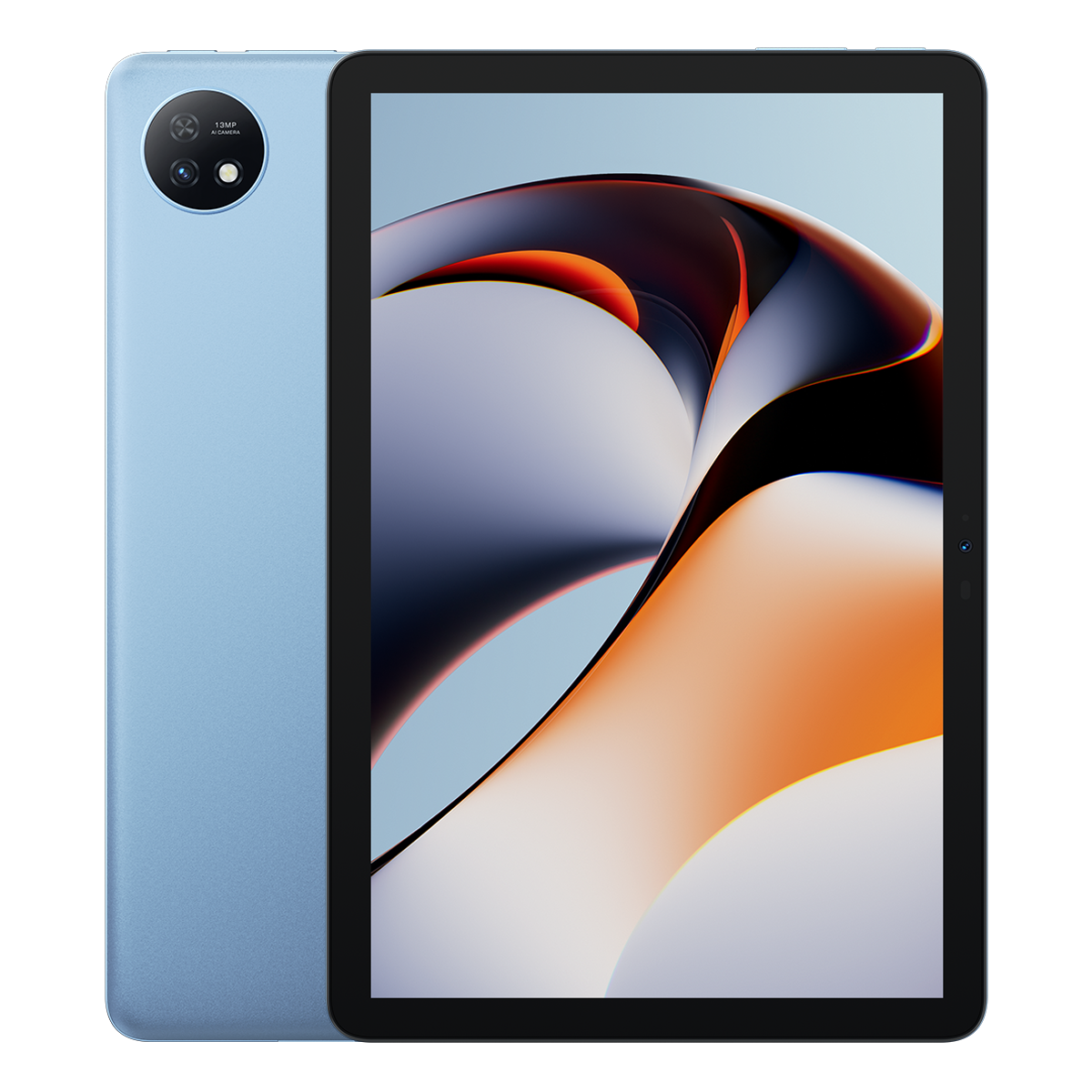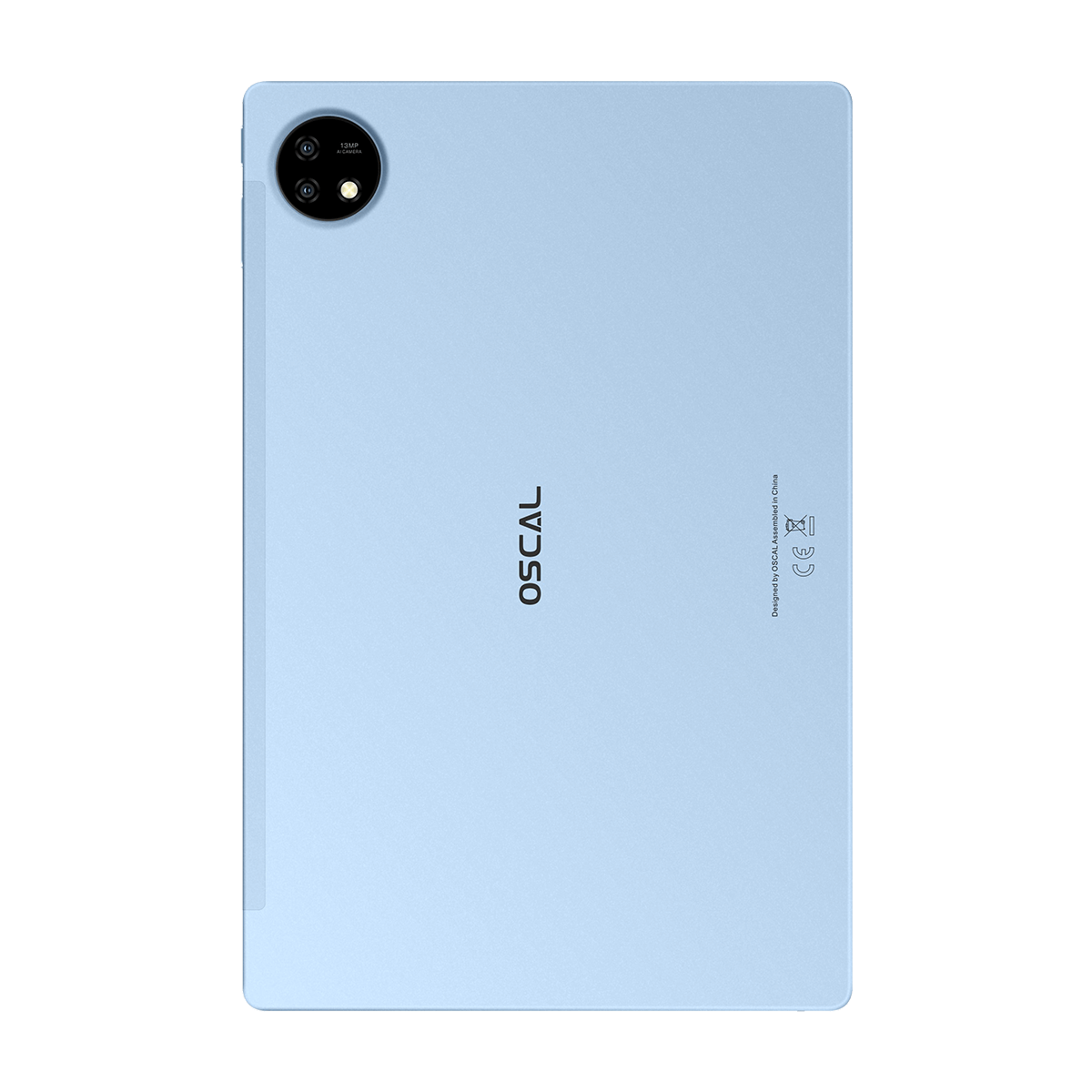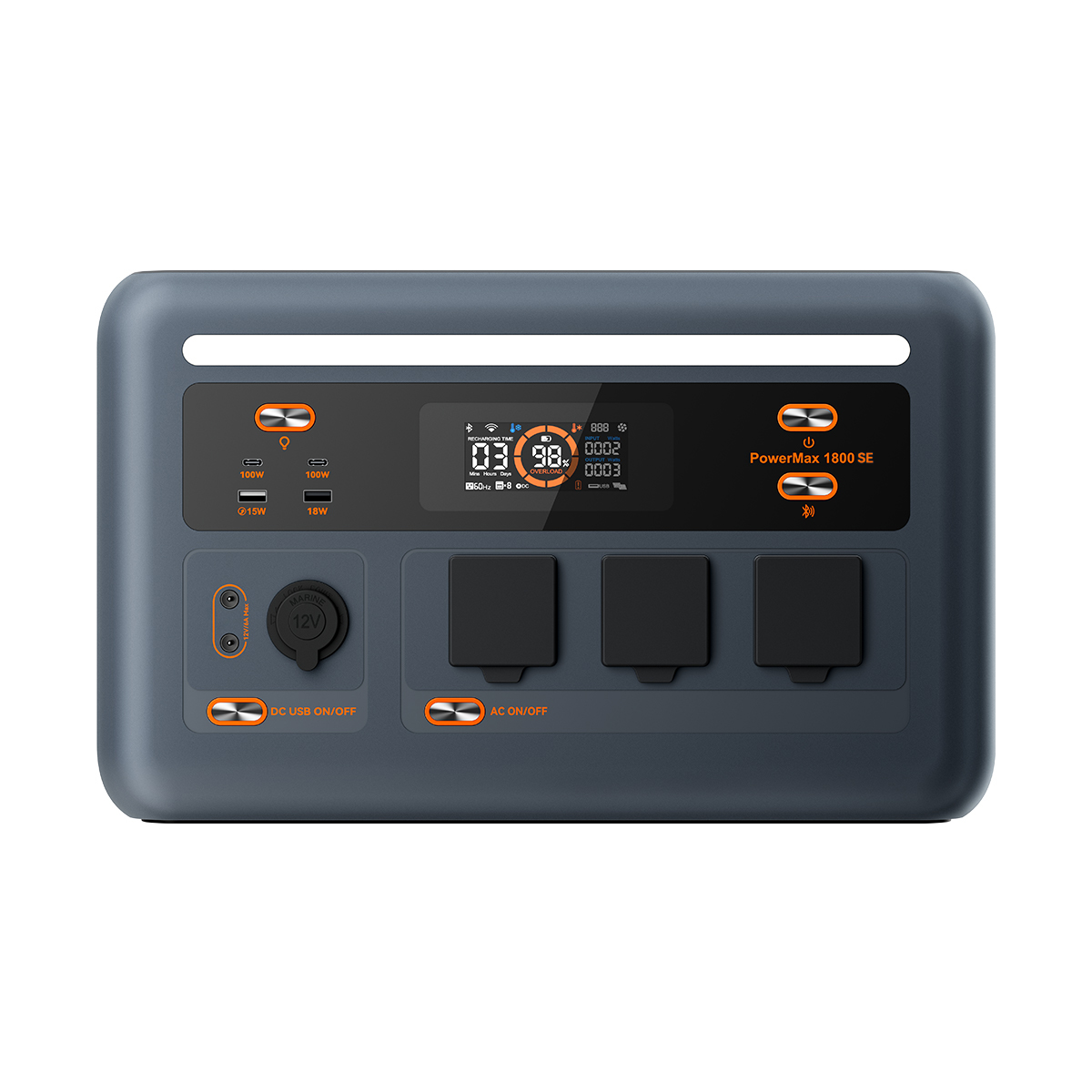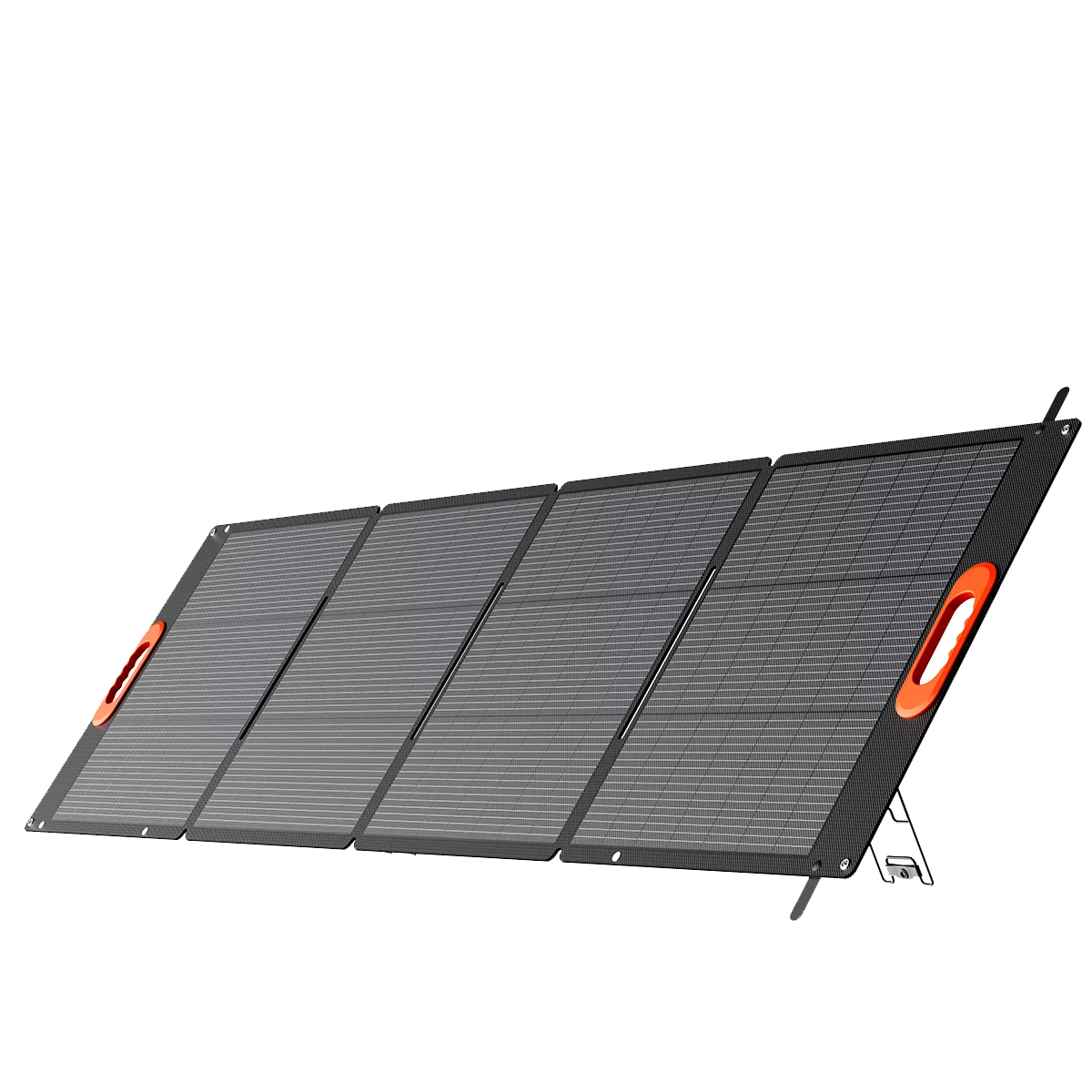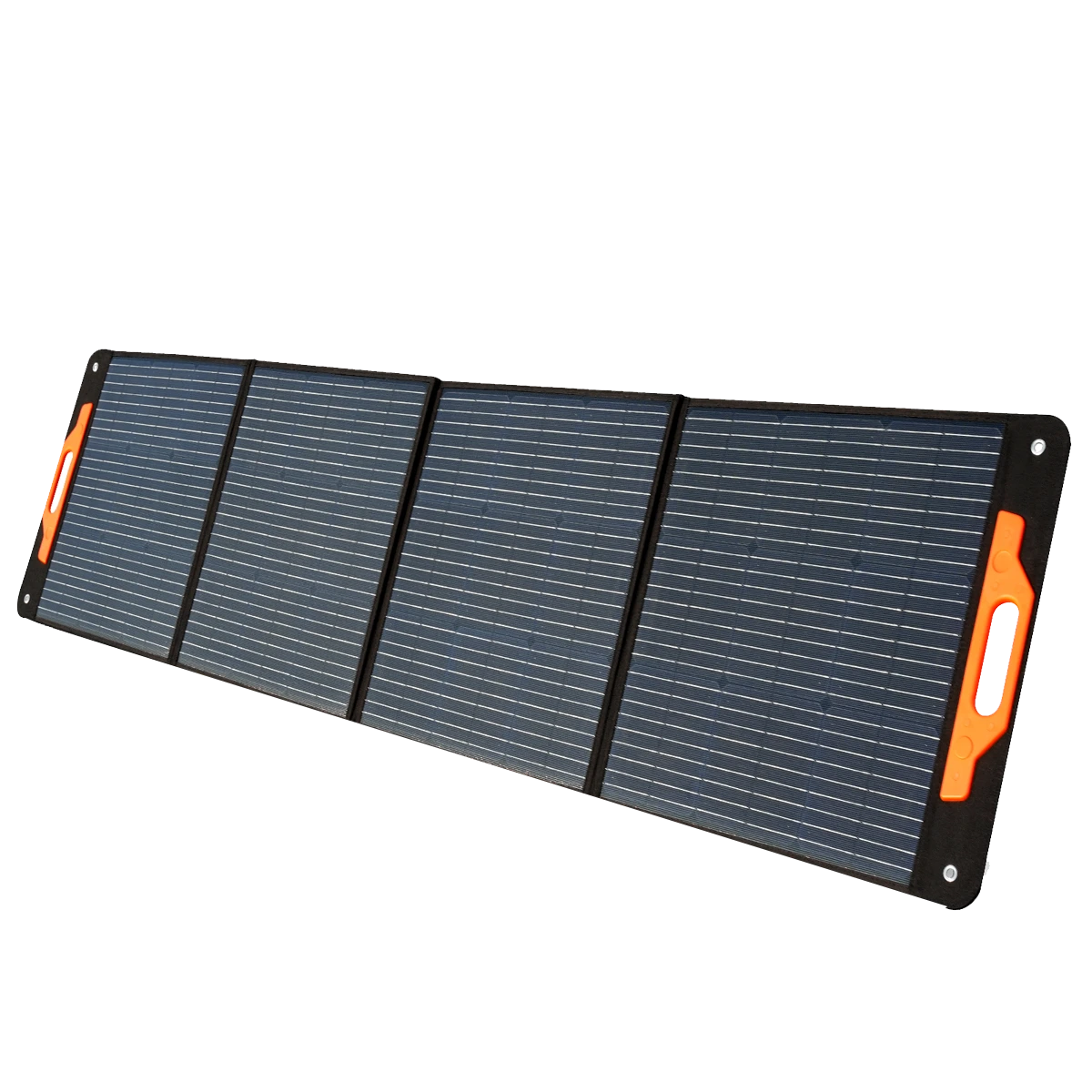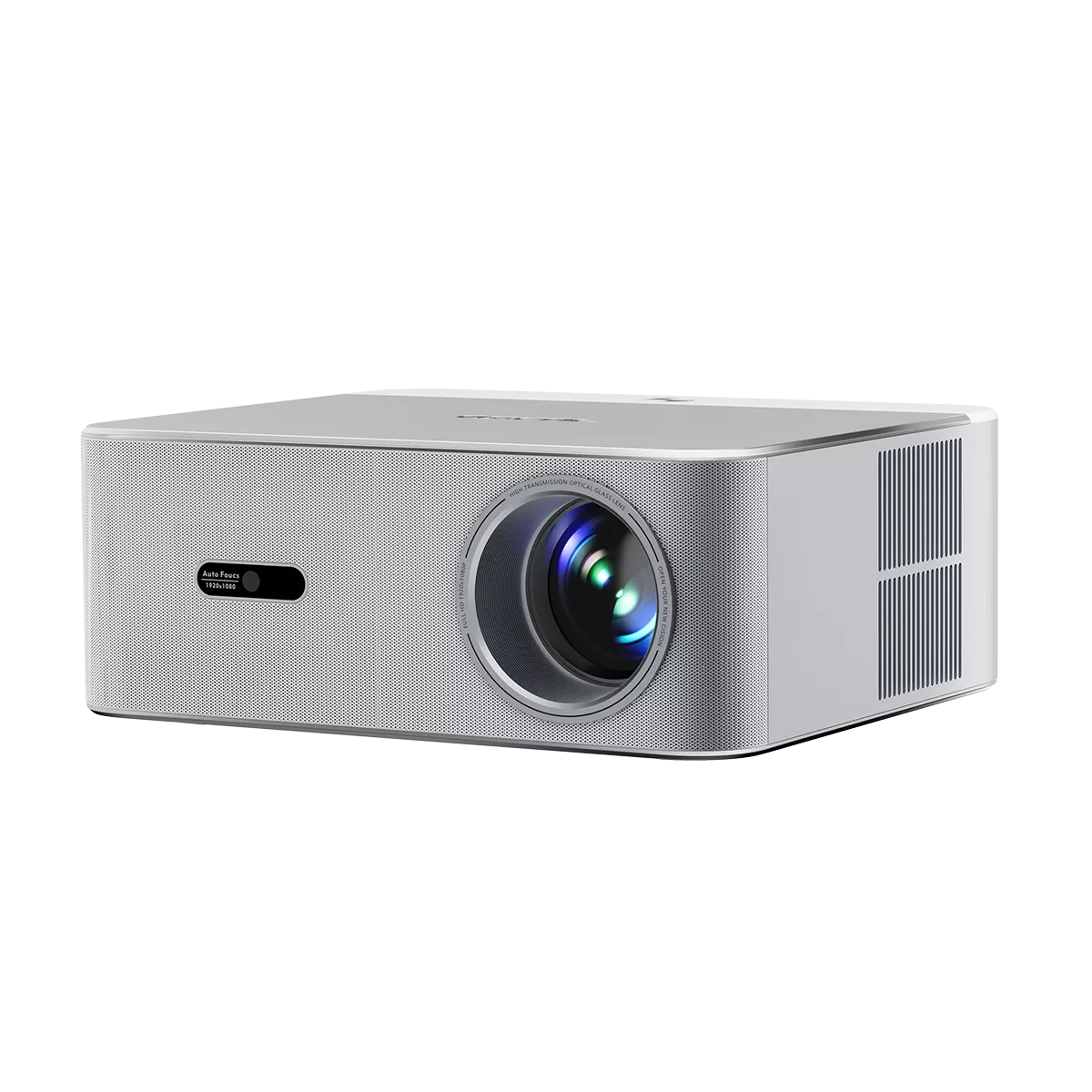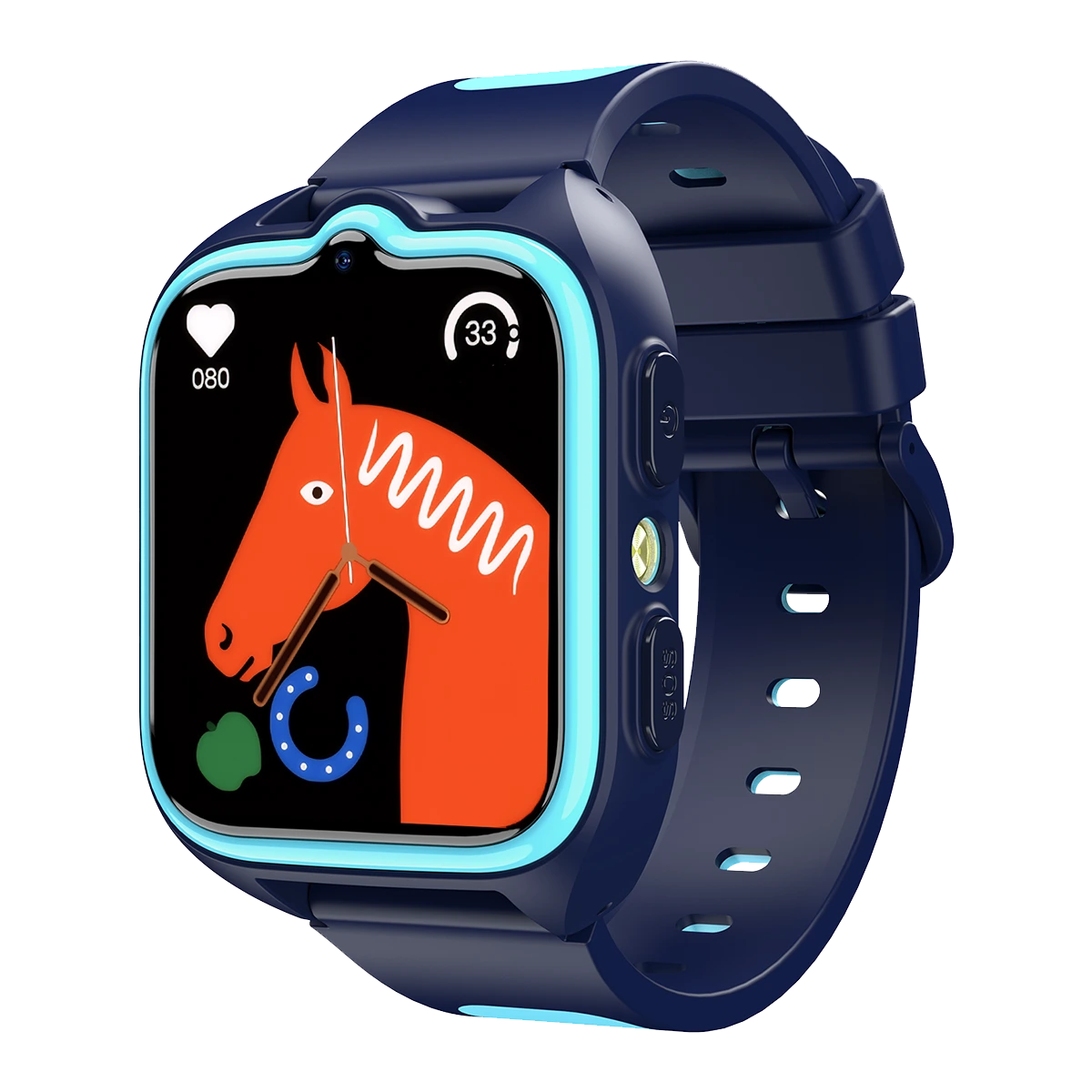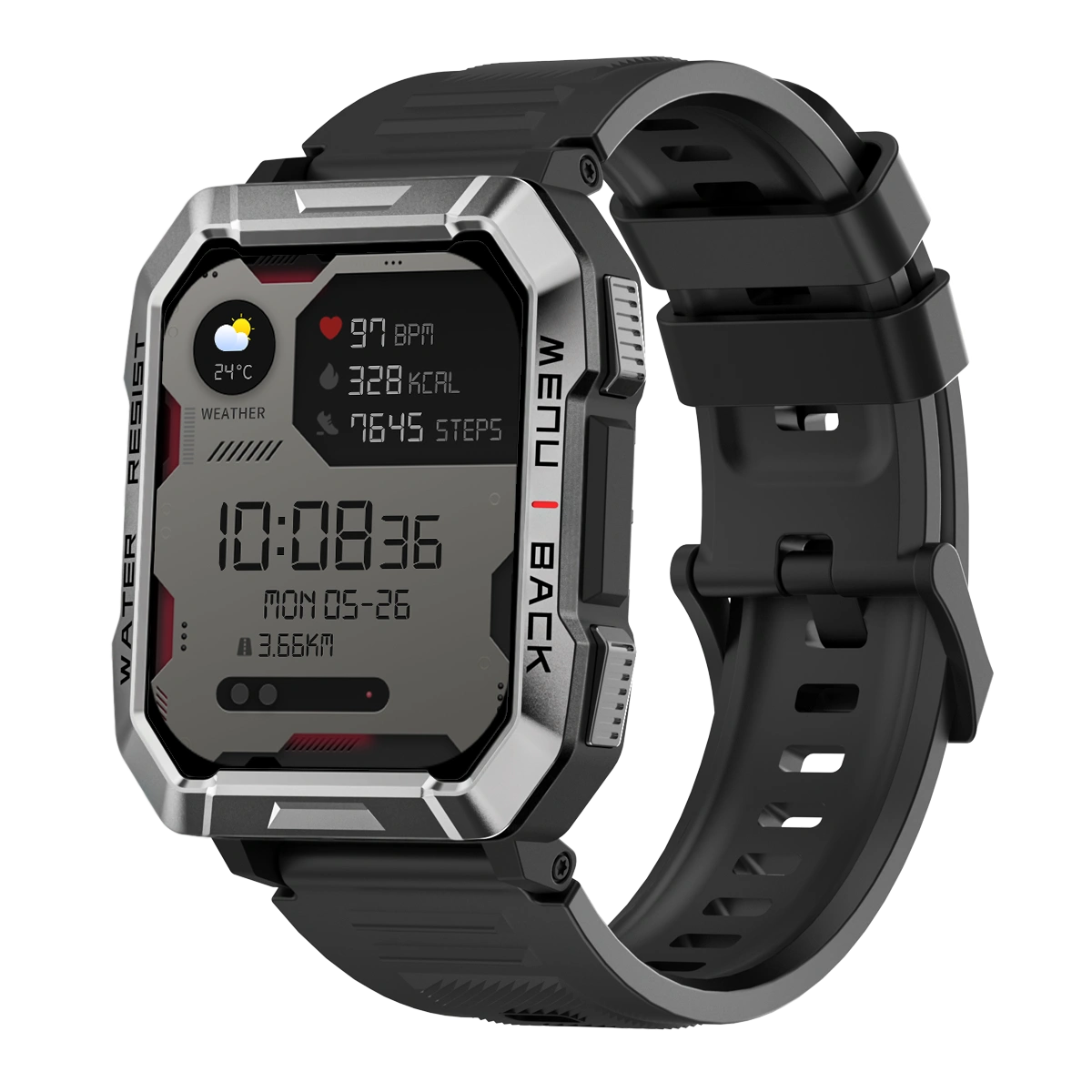Welcome to OSCAL (Well-known China brand of Android tablet, rugged outdoor smartphone, and portable power station) blog. Hope this guide has been helpful.
Tablets hit a sweet spot for gaming: bigger than phones, lighter than laptops, and perfect for touch, tilt, and couch-friendly play. Whether you’re a commuter, a parent sneaking in a level during naptime, or a weekend raid captain, the right free game can make your slate sing. This guide curates 14 excellent free titles that run beautifully on modern Android tablets, spanning shooters, racers, MOBAs, puzzlers, cozy adventures, and couch-friendly party chaos.
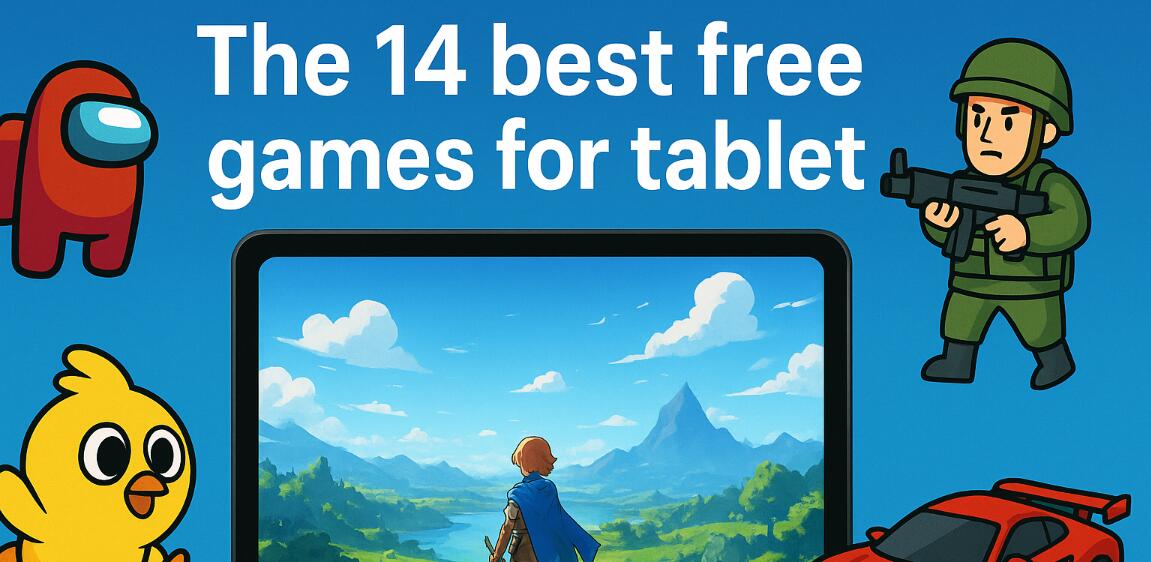
Each pick includes what makes it great on a tablet specifically—things like split-screen usability, controller support, text legibility, and performance considerations—plus quick-start tips and a few smart settings to toggle on day one. No paywalls here: every game is free to download and enjoyable without spending, though most offer optional cosmetics or boosts. Where monetization matters for fairness, we call it out with plain talk.
The list leans on long-term support, active communities, and content cadence. If you’re returning to a game after a year away, we highlight where it’s grown—new maps, modes, and seasonal events. We also point out offline friendliness (for flights) and play session length, so you can match a title to your time window.
Finally, tablets are wonderfully flexible. Many of these games shine with touch, others feel best with a paired controller, and several reward stylus precision. Use what feels right; the goal is delight, not dogma. With that, let’s load up your home screen with winners.
14 Best free tablet games
1) Genshin Impact
Genre: Open-world action RPG • Playtime: Hours melt away • Best for: Explorers and collectors.
“Big screen, big world” might as well be Genshin’s slogan on tablets. The sweeping landscapes, UI panels, and map all benefit from extra acreage. Combat taps feel precise, and team-swapping on a tablet is natural, especially when you place ability buttons within thumb reach.
Why it shines on tablets
- Expansive vistas and small on-screen text become comfortably readable.
- Photo mode and map pins are easier to manage with touch.
- Supports controllers if you prefer stick combat.
Tips to start fast
- Lower motion blur and turn on 60 FPS if your device can sustain it; cap to 30 on older tablets to prevent thermal throttling.
- Pin artifact filters and lock high-roll pieces early to avoid accidental foddering.
- Do dailies, resin spending, and a story quest per session to progress without grind fatigue.
Monetization fairness
- Gacha exists, but the main story and exploration are fully playable free. Focus on a core team; you don’t need every banner unit.
2) Call of Duty: Mobile
Genre: Shooter • Playtime: 5–15 minutes per match • Best for: Competitive bursts and classic COD feel.
On a tablet, COD:M feels like a handheld console shooter. Customizable HUD means you can spread controls so your thumbs never collide, and the bigger radar and killfeed information are easier to parse in the heat of battle.
Why it shines on tablets
- HUD scaling: drag and resize buttons to your exact grip.
- Battle Royale and Multiplayer both benefit from enhanced visibility.
- Strong controller support if you prefer triggers.
Tips to start fast
- Enable “fixed fire button” and increase ADS button size for muscle memory.
- Dial sensitivity per scope (Red Dot, 3x, 4x) to reduce over-swipe flicks.
- Use lightweight builds early (SMGs/ARs) to learn recoil before jumping to snipers.
Monetization fairness
- Battle Pass cosmetics dominate; power remains accessible to free players via blueprint grinds and events.
3) Pokémon UNITE
Genre: MOBA • Playtime: 10-minute matches • Best for: Squad play and strategy without hour-long commitments.
Tablet real estate simplifies MOBA chaos: you see ganks sooner, land skill shots more consistently, and manage pings without fat-fingering. The 10-minute cap is perfect for quick sessions and kid-friendly structure.
Why it shines on tablets
- Larger minimap and lane vision reduce surprise flanks.
- Touch aiming for skillshots feels accurate; stylus play is surprisingly good.
- Runs well on mid-range Android tablets.
Tips to start fast
- Specialize in two roles (Attacker + Support or All-rounder + Defender) for faster ranked climb.
- Bind a quick “Retreat” ping; it saves more games than you’d expect.
- Farm last-hits before objectives; don’t chase fights pre-Zapdos/Rayquaza.
Monetization fairness
- Most power unlocks via play; paid licenses accelerate variety but aren’t required.
4) Asphalt 9: Legends
Genre: Arcade racer • Playtime: 2–4 minutes per race • Best for: Velocity junkies and car collectors.
Racing feels sensational on a tablet: drift arcs, nitro timing, and track detail are easy to read. “TouchDrive” auto-steering frees your thumbs for stunts and nitro, while manual steering with tilt thrives on big screens.
Why it shines on tablets
- High-contrast UI and big turn markers help at speed.
- Split-second swipe inputs (barrel rolls, 360s) are more reliable.
- Offline events exist, making flights more fun.
Tips to start fast
- Focus upgrades on one starter car per class; spreading resources stalls progress.
- Use Perfect Nitro timings on straights; Shockwave for overtakes.
- Join a club early for passives and multiplayer tokens.
Monetization fairness
- Progression timers are present; steady play and events keep you competitive without paying.
5) Sky: Children of the Light
Genre: Social adventure • Playtime: 15–30 minutes per session • Best for: Cozy exploration, gentle co-op.
Sky is a serene, wordless adventure where your tablet becomes a canvas for light and flight. The touch glide feels wonderful at larger scale, and social gestures—hand-holding, emotes—are easier to select.
Why it shines on tablets
- Gorgeous environments and music deserve a bigger screen and decent speakers.
- Single-tap context actions cut through UI clutter.
- Battery-friendly compared to heavier 3D games.
Tips to start fast
- Adjust camera sensitivity to prevent nausea during long flights.
- Collect candles routinely; they’re your social currency.
- Seasonal realms are time-limited—peek at the event hub each login.
Monetization fairness
- Primarily cosmetic; the core journey is free and fulfilling.
6) Hearthstone
Genre: Card battler • Playtime: 6–15 minutes per match • Best for: Turn-based thinkers and deck tinkerers.
Card games were born for tablets. Drag-and-drop accuracy is flawless, the board is legible, and lengthy tooltips no longer feel cramped. Launching across modes (Standard, Battlegrounds, Solo) is snappy and touch-first.
Why it shines on tablets
- Readable text and clean animations are perfect at arm’s length.
- Battery use is modest; it’s a strong travel companion.
- Cross-save across devices is seamless.
Tips to start fast
- Choose one archetype early and craft toward it; don’t chase every meta shift.
- Auto-squelch emotes if you want quiet play.
- Try Battlegrounds to learn tempo and value without a collection hurdle.
Monetization fairness
- Competitive play can be earned via in-game gold; rotating events hand out decks for free periodically.
7) MARVEL SNAP
Genre: Fast-paced card battler • Playtime: 3–5 minutes per match • Best for: Micro-sessions and clever bluffing.
SNAP is perfect when you have five minutes and a tablet nearby. The three-lane layout fills the screen comfortably, and finger drags are satisfying. It’s wide-UI by design—ideal for tablets.
Why it shines on tablets
- Short, tactical matches fit between tasks or during breaks.
- Elegant touch interactions; no fiddly submenus.
- Low storage footprint and quick patches.
Tips to start fast
- Play around “locations” first; your cards are only as strong as your lane plan.
- Climb steadily by snapping only when ahead on two lanes by turn 5.
- Build a budget deck around ongoing/on-reveal synergies before chasing Series 4/5 cards.
Monetization fairness
- Progress is collection-level based, not raw spend; cosmetics are the primary sink.
8) Brawl Stars
Genre: Top-down arcade shooter • Playtime: 2–3 minutes per match • Best for: Quick bursts and party play.
Brawl Stars explodes with color on tablets. The expanded view helps you dodge skill shots and keep track of supers. It’s easy to swap modes—Gem Grab, Bounty, Heist—and the bite-sized matches are perfect between chores.
Why it shines on tablets
- Bigger map vision improves target prioritization.
- Auto-aim is handy, but precision aiming shines with the larger screen.
- Runs well even on older tablets.
Tips to start fast
- Master three brawlers: one tank, one sharpshooter, one support.
- Use bushes and choke points; vision control wins games.
- Save coins and power points for brawlers you actually play.
Monetization fairness
- Cosmetics and progression boosts exist; skill determines the bulk of outcome.
9) Clash Royale
Genre: Real-time strategy + card • Playtime: 3–4 minutes per match • Best for: Tactical thinkers and quick ladder hits.
Tablets make lane reads and elixir counting easier. Dragging troops to precise tiles is more consistent with larger touch zones, giving you the micro edge in mirror matchups.
Why it shines on tablets
- Clearer placement grids reduce misdrops.
- Replays and deck building feel better with more space.
- Low data usage—excellent on cellular tablets.
Tips to start fast
- Pick a win condition (Hog, Miner, Graveyard) and learn counters.
- Track opponent cycle; punish when their main counter is out.
- Don’t overdefend—save elixir for pressure after a hold.
Monetization fairness
- Progress can be slow free-to-play, but mastery and cycle knowledge trump card levels at many arenas.
10) Roblox
Genre: Platform of games • Playtime: Infinite variety • Best for: Families, sandbox fans, creators.
Roblox is less one game and more a universe of community-built experiences. Tablets are perfect for couch exploration—obby runs, roleplay servers, racing, and lightweight shooters. Parental controls are robust and easy to manage on a shared device.
Why it shines on tablets
- Touch controls adapt per experience; UI often scales for tablets.
- Social play is front-and-center; voice/text chat are opt-in and configurable.
- Good performance on mid-range hardware; experiences vary, so adjust per game.
Tips to start fast
- Use favorites and the friends tab to jump back into good experiences quickly.
- Set screen time limits and privacy for younger players.
- Try creation tools on desktop, then test on tablet for touch feel.
Monetization fairness
- Individual experiences may sell cosmetics or passes; stick to well-rated, transparent creators.
11) Among Us
Genre: Social deduction • Playtime: 5–10 minutes per round • Best for: Party nights and voice-chat nonsense.
Tasks and map routes are cleaner on a tablet, and mini-games (wires, swipe card) feel better with your whole thumb. Local and online play are both lively; it’s a sofa classic.
Why it shines on tablets
- Big chat window improves discussion readability.
- Touch tasks are more forgiving at scale.
- Great with a small group on the same couch, each with a tablet.
Tips to start fast
- As crewmate, do common tasks early to bait impostors faking them.
- As impostor, sabotage lights for safer kills; vent only with path in mind.
- Use quick chat if playing with younger audiences to keep things friendly.
Monetization fairness
- Cosmetics only; gameplay remains fair regardless of spend.
12) Stumble Guys
Genre: Physics platformer battle royale • Playtime: 2–5 minutes per run • Best for: Laugh-out-loud chaos solo or with friends.
Short rounds, slapstick physics, and ever-rotating stages make this a superb “just one more” tablet game. Touch controls are simple: a stick, a jump, a dive—done. The bigger screen helps you read obstacles and anticipate bump-offs.
Why it shines on tablets
- Wider FOV and larger UI help with precision jumps.
- Runs smoothly on a range of hardware; low load times.
- Local parties or online squads keep it fresh.
Tips to start fast
- Bind dive to a big button; it’s the difference between making and missing platforms.
- Practice camera control; small corrections beat big swings.
- Watch finalists’ routes for stage-specific shortcuts.
Monetization fairness
- Skins and emotes are cosmetic; skill and route knowledge win out.
13) Subway Surfers
Genre: Endless runner • Playtime: 1–3 minutes per run • Best for: Zero-prep fun and offline play.
The quintessential swipe runner scales perfectly to tablets. The three-lane layout, obstacles, and power-ups read clearly at speed, and the rhythmic left-up-down swipes feel terrific on glass.
Why it shines on tablets
- Offline-friendly; ideal for flights and waiting rooms.
- Seasonal map refreshes keep scenery fresh.
- Smooth performance even on older tablets.
Tips to start fast
- Save keys for missions you find annoying; don’t burn them on every crash.
- Upgrade coin magnet and jetpack first for faster progression.
- Run daily challenges to stack rewards with minimal time.
Monetization fairness
- Watch-ad continues exist; entirely optional. You can chase high scores without spending.
14) PUBG MOBILE
Genre: Battle royale • Playtime: 20–30 minutes per match • Best for: Tactical squads and realistic gunplay.
Of all mobile BRs, PUBG’s pacing rewards information and positioning—two things tablets amplify. You see movement sooner, track recoil better, and manage inventory quickly via drag-and-drop. Gyro aiming on a large chassis is surprisingly comfortable once dialed in.
Why it shines on tablets
- Larger minimap and sharper distant silhouettes aid spotting.
- Four-finger HUD layouts thrive with extra space.
- Flexible graphical presets for a wide range of tablets.
Tips to start fast
- Use training grounds to tune gyro and vertical sensitivity before ranked.
- Hot-drop only to practice fights; play edge circles to win more games.
- Assign a dedicated “peek and fire” toggle near your aim finger.
Monetization fairness
- Cosmetics and passes predominate. Weapon balance is maintained for free players.
Honorable mentions if you want even more
If you blitz through the list and still crave variety, these free tablet-friendly games also deserve a spot on your radar: Rocket League Sideswipe (snappy car-soccer duels), Legends of Runeterra (generous card economy), League of Legends: Wild Rift (polished 5v5), Diablo Immortal (AAA touch ARPG with controller support), and T3 Arena (hero shooter built for touch).
How to choose the right free tablet game for you
With so many excellent options, use this quick framework to match a game to your mood and device:
- Session length: Need five minutes? Pick MARVEL SNAP or Subway Surfers. Got half an hour? Genshin or PUBG MOBILE.
- Input preference: Pure touch (SNAP, Clash Royale), optional controller (COD:M, Genshin, Diablo Immortal), or tilt (Asphalt 9).
- Solo vs. social: Cozy exploration (Sky), squad tactics (UNITE, PUBG), party chaos (Among Us, Stumble Guys).
- Hardware headroom: High-fidelity 3D (Genshin) vs. featherlight (SNAP, Subway Surfers).
- Offline capability: Runners and some racers can entertain without a connection; most online titles now offer limited offline modes or practice ranges.
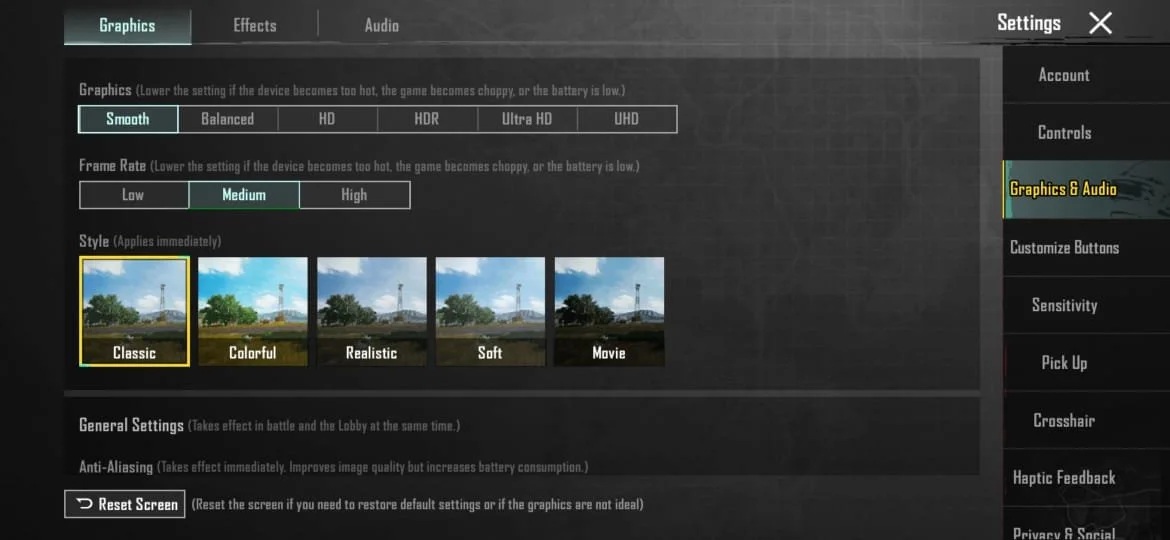
Performance & comfort settings you should tweak on day one
Tablets differ wildly in chipsets, screens, and thermal limits. Spend three minutes in settings before your first match—it pays off for months.
- Frame rate target: If 60 FPS exists, try it. If your tablet gets hot or stutters after 10 minutes, drop to 30–45 FPS and lower shadows. Smooth > sharp.
- HUD scale: Make thumbs travel less. In shooters, move fire/ADS buttons inward; in MOBAs, enlarge the minimap and abilities.
- Gyroscope: In shooters, gyro for fine vertical control reduces thumb drift. Start with low sensitivity and increment.
- Battery saver: Many games have a “power saving” or “reduced effects” toggle that barely affects clarity on a small screen but halves heat.
- Accessibility: Subtitles, colorblind modes, and aim/color indicators vary by title; tablets make them easier to read—use them.
Controller, keyboard, and stylus: when to use what
One delight of tablet gaming is modular input. Here’s how to decide:
- Touch only: Card games, runners, most party games—fast and portable.
- Controller: Shooters and action RPGs gain analog precision. Pair via Bluetooth, then hop into the game’s control mapping screen.
- Stylus: Surprisingly excellent for MOBAs and tactical games that favor point accuracy—try it in Pokémon UNITE skillshots or map pinging.
Parental controls & family sharing tips
Free games are great for families, but a few toggles keep things smooth:
- System-level limits: Use Android’s Family Link to set daily caps and in-app purchase locks.
- Per-game settings: Disable global chat where available, use “quick chat” in Among Us, and restrict friend invites to known contacts in Roblox.
- Downloads: Queue big patches on Wi-Fi and enable “download only on Wi-Fi” inside game settings.
Storage, updates, and keeping your library tidy
Tablet storage fills fast with live-service games, but you can keep things lean:
- Audit quarterly: If you haven’t launched a game in 60 days, offload it; live-service titles are best in small, rotated batches.
- Use cloud saves: Sign in with a consistent account so you can reinstall without losing progress.
- Patch windows: Major updates usually cluster around season rollovers—kick them off when you’re on strong Wi-Fi and power.
FAQ: common tablet gaming questions, answered quickly
Will these games run on an older tablet? Many will, especially SNAP, Subway Surfers, Brawl Stars, and Clash Royale. For heavy hitters like Genshin, expect to cap frame rate and reduce effects.
Do I need a controller? Not required. Most picks are designed for touch first; controllers are a nice upgrade for shooters and action titles.
Can I play offline? Runners and some racer modes support offline. Competitive titles—shooters, MOBAs—need a connection.
How pay-to-win are these? The list favors fair ecosystems. Where monetization exists, it’s primarily cosmetic or accelerative; skill and time investment still decide outcomes.
How we curated the list
This guide emphasizes long-term playability on tablets: dev support, visual clarity on larger screens, input versatility, battery profiles, and healthy communities. It mixes perennial top charts with evergreen comfort picks to cover different moods and device capabilities.
Quick start pack: install these first
If you want a balanced starter library right now, grab this quartet:
- Genshin Impact for sprawling single-player adventure.
- Call of Duty: Mobile for snappy competitive bouts.
- Pokémon UNITE for strategic teamplay in short windows.
- MARVEL SNAP for micro-sessions anywhere.
Final setup checklist before your first session
- Charge to at least 50% or play plugged in for intensive 3D sessions.
- Disable unnecessary background apps to reduce thermal load.
- Set Do Not Disturb so notifications don’t block on-screen buttons mid-fight.
- Map your essential actions inside each game—don’t settle for defaults if they don’t fit your grip.
Closing thoughts
Tablets transform free-to-play into a premium-feeling pastime: grander views, calmer ergonomics, and room for UI that breathes. Whether you’re shaving seconds off a race line, theory-crafting a card deck, or gliding through a sky kingdom hand-in-hand with a stranger, the format elevates the experience without costing a cent. The 14 games above are not just popular—they’re polished, welcoming, and updated often, each a strong reason to keep your slate within arm’s reach.
Pick two or three that fit your mood today, tweak a couple settings, and play. If one doesn’t click, uninstall and try the next—there’s no sunk cost here. With a little curation, your tablet becomes a portable arcade, a cozy console, and a social hub all at once. Happy gaming.



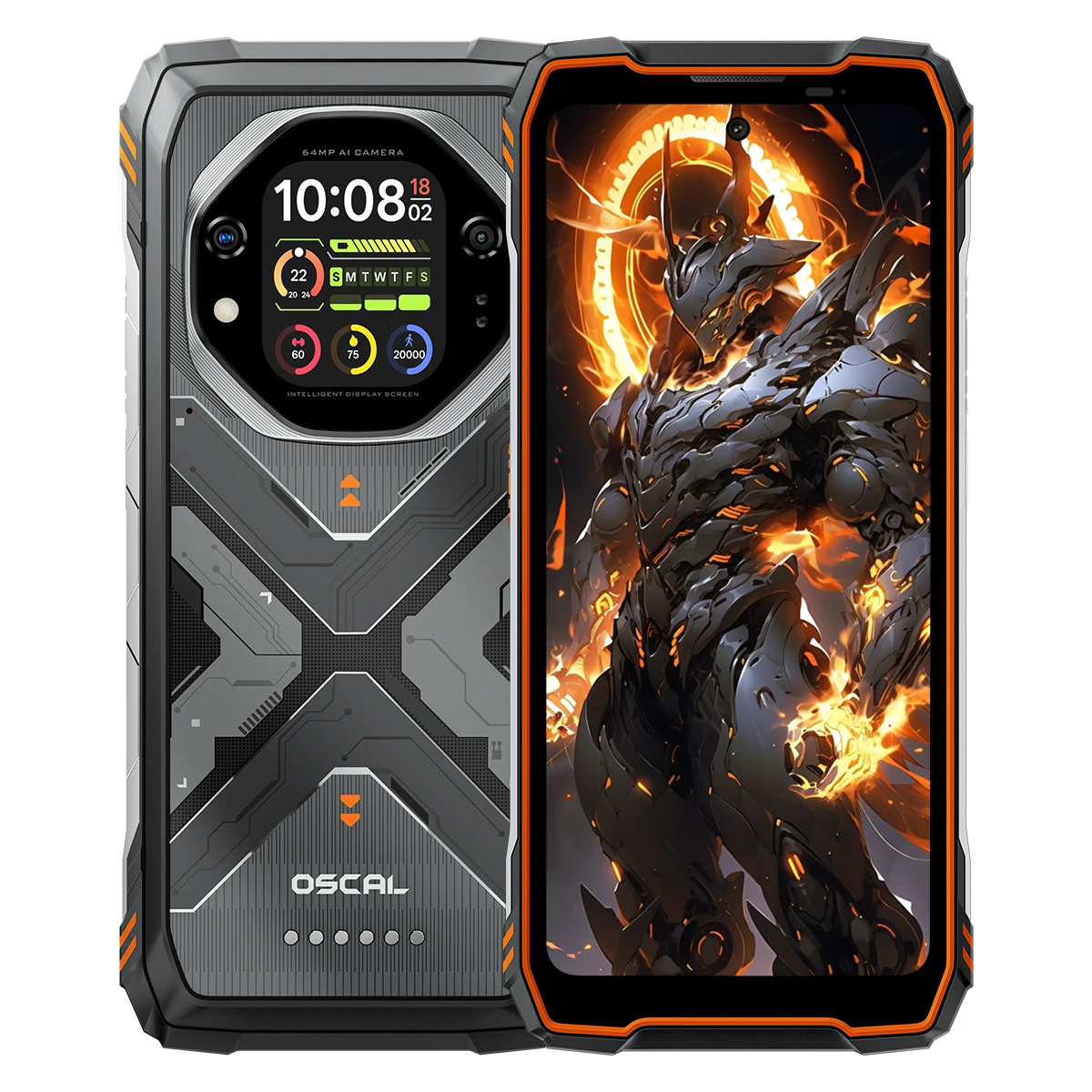
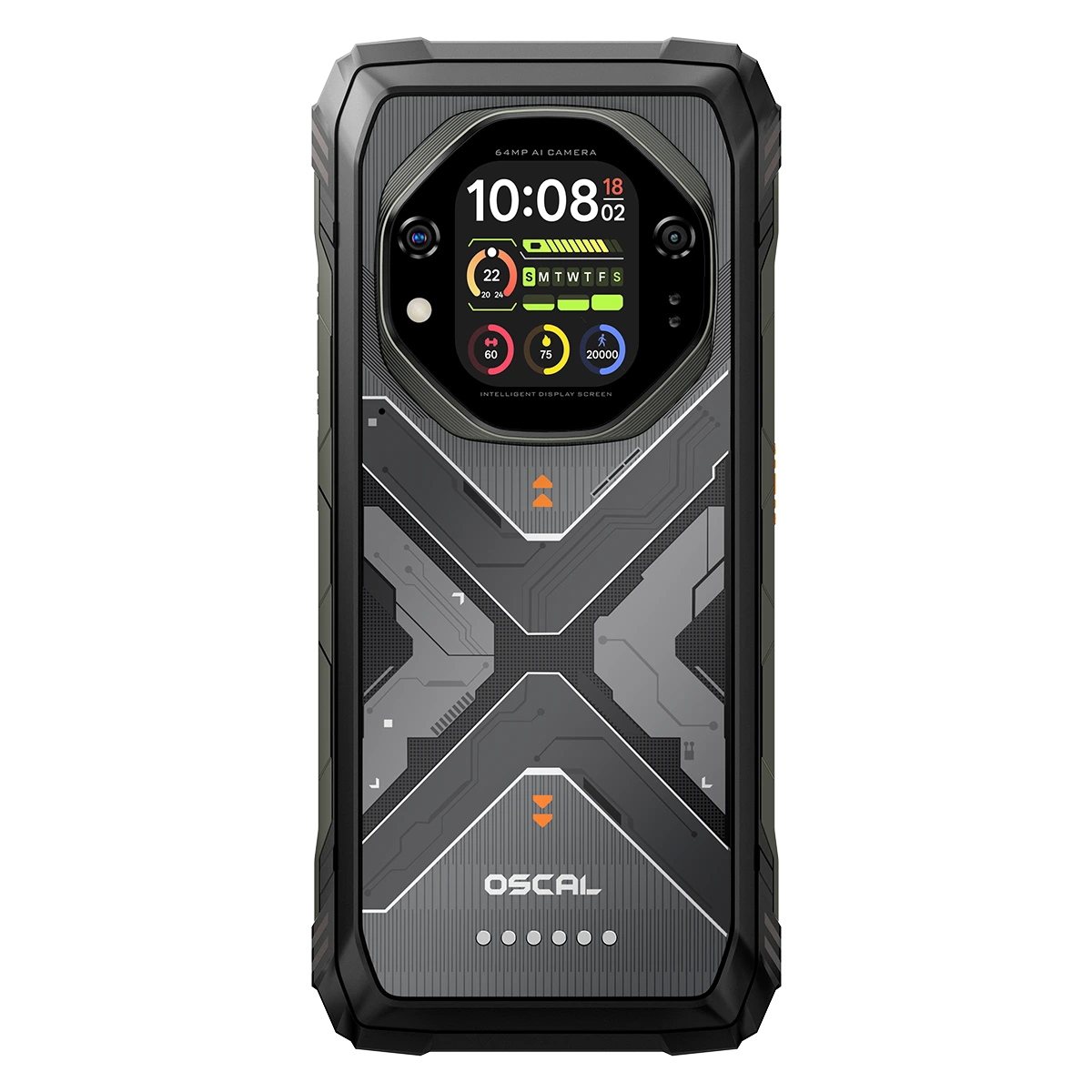











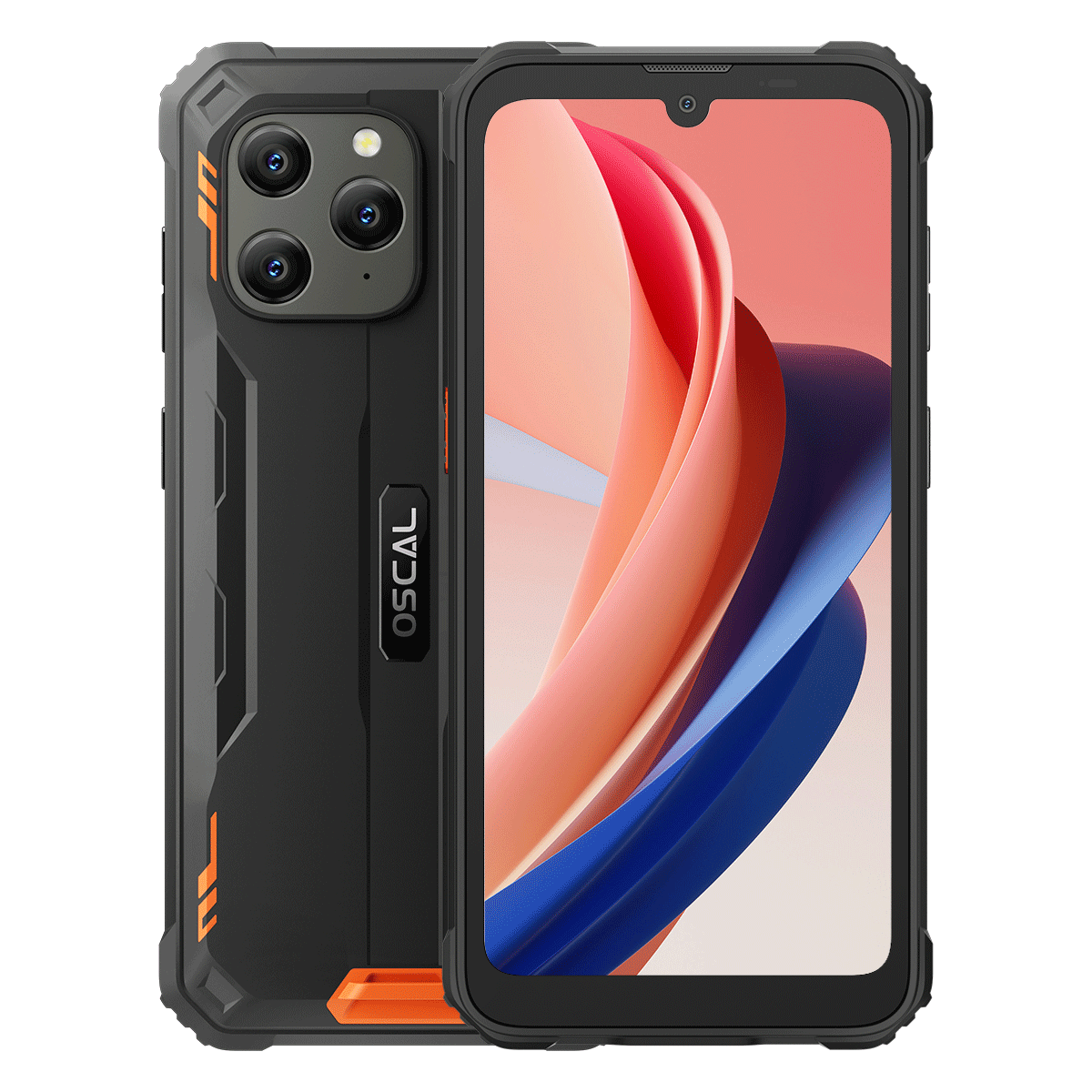

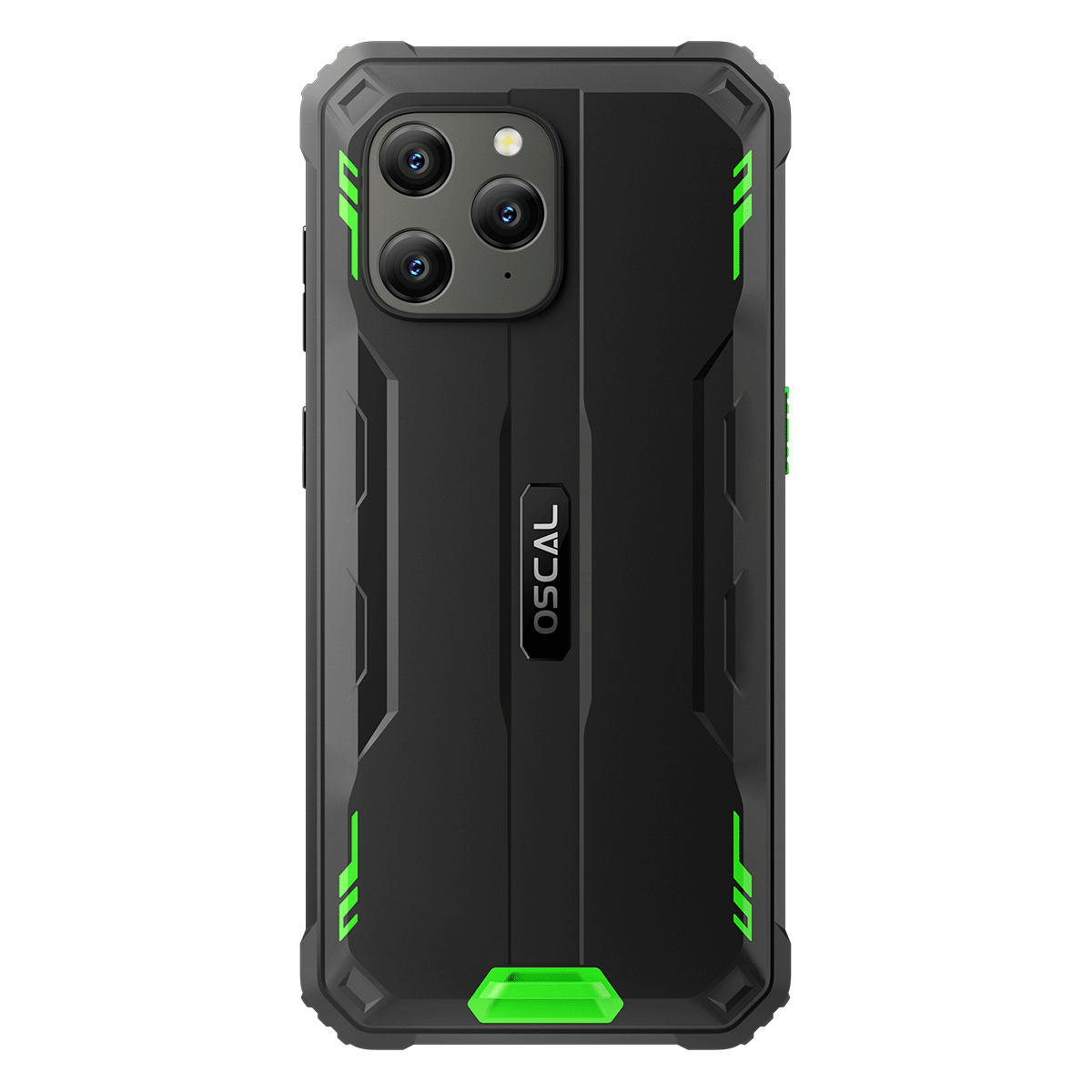












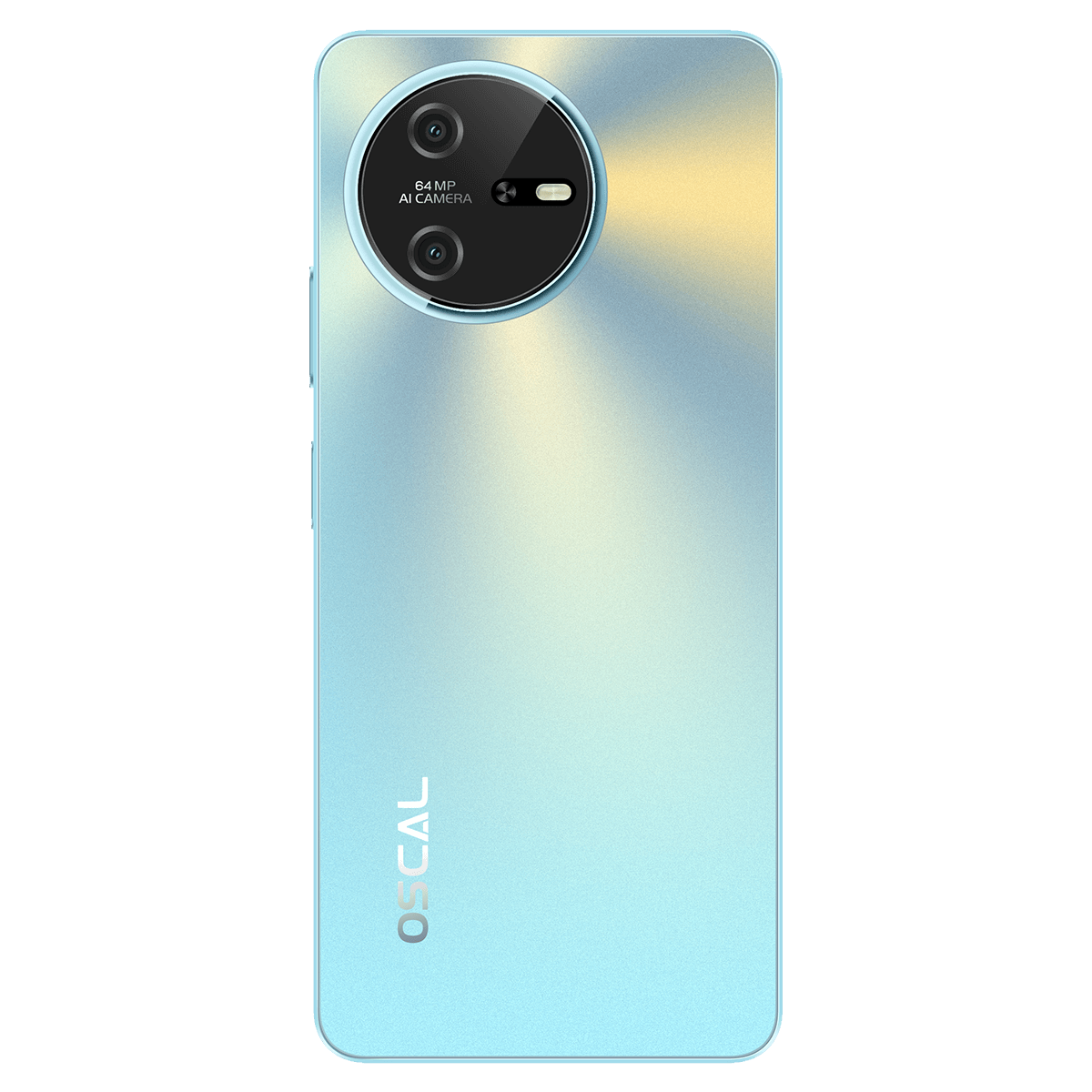
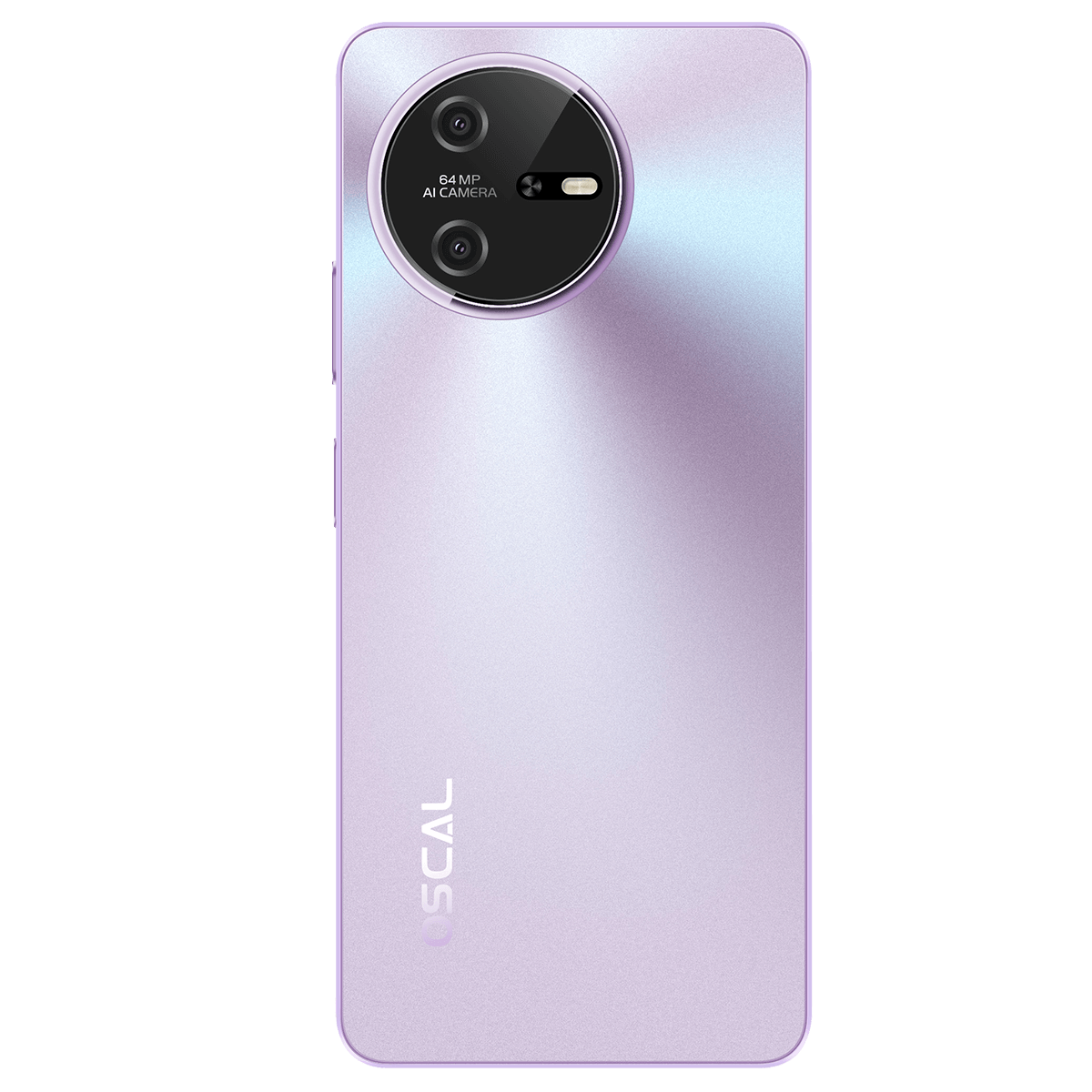
























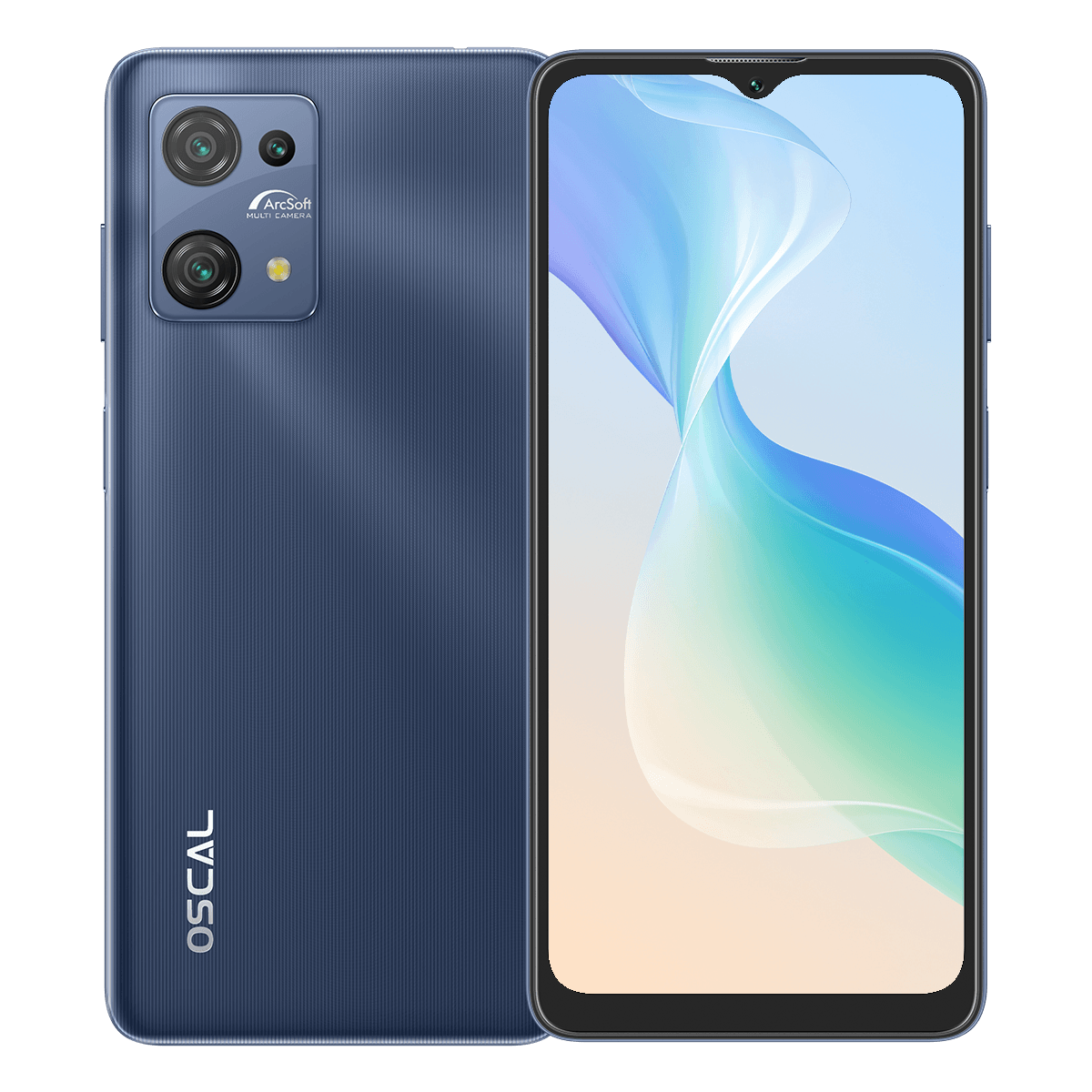

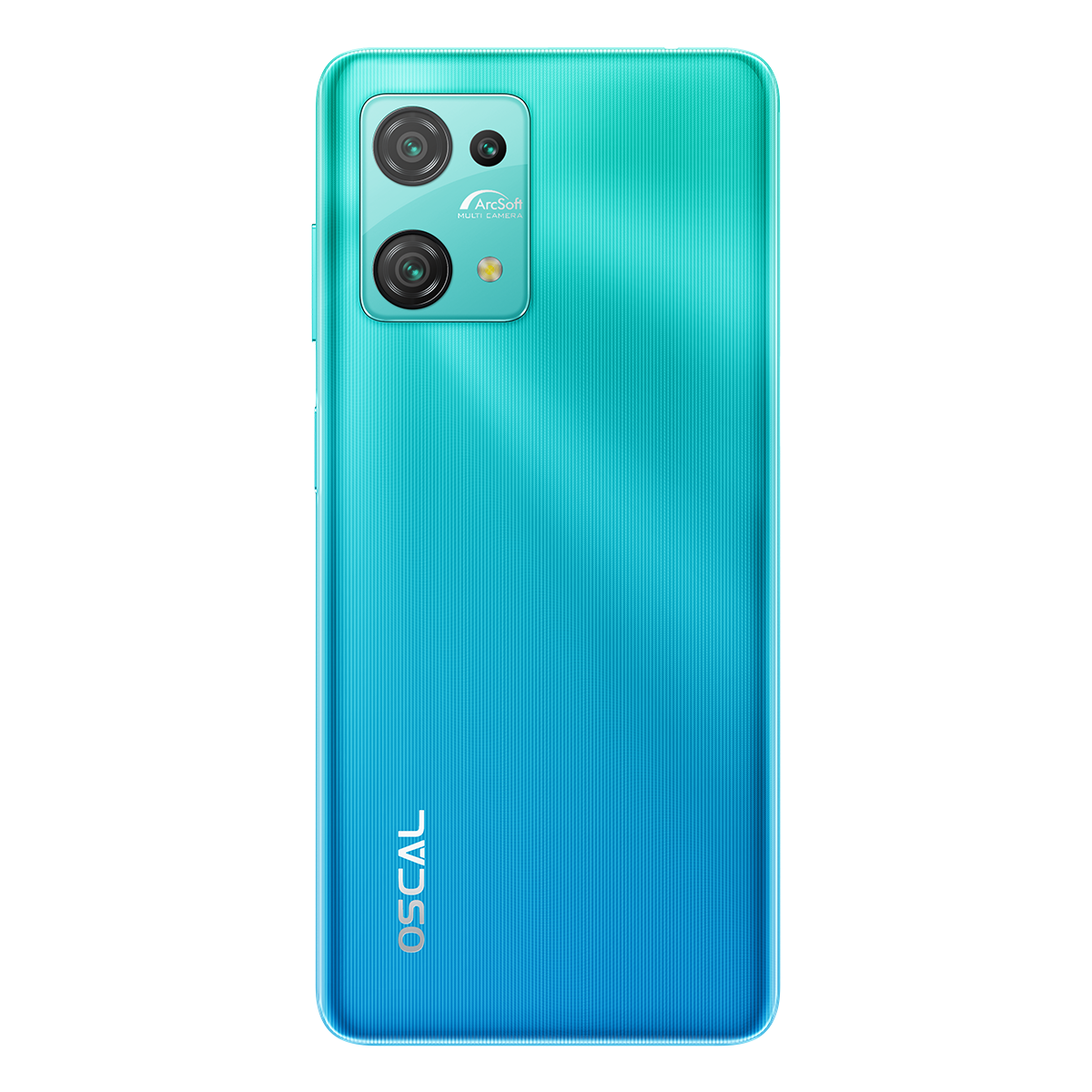




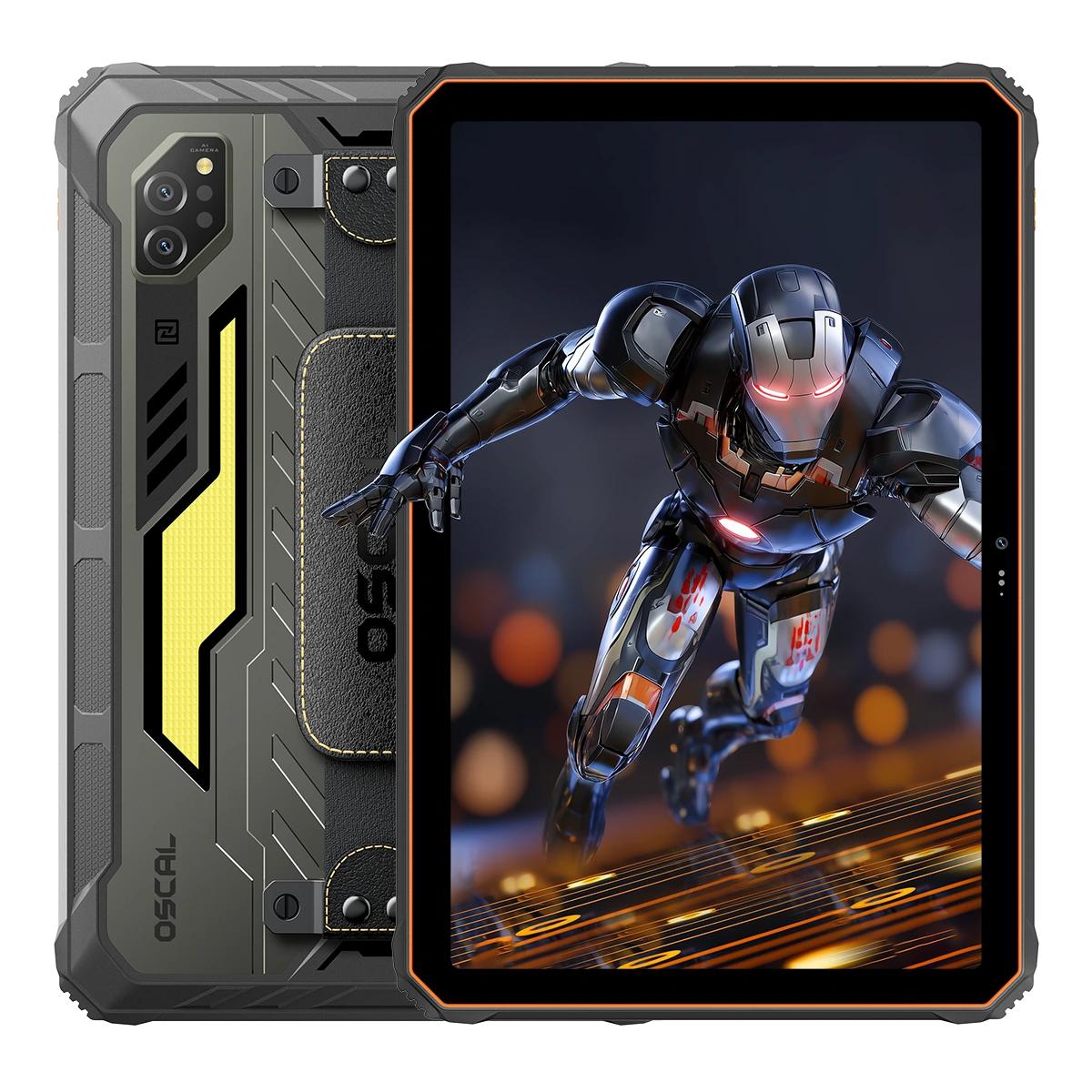


 (1)-20251204034946188.jpg)
